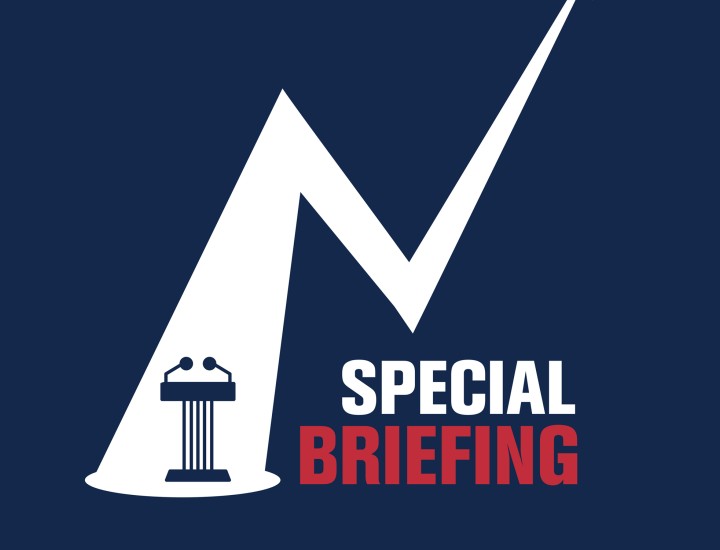Is 'Innovocracy' Hurting the Public Sector?

This article was originally published by Governing on May 24, 2018.
Tom Shack has an unusual background for his job. Most state comptrollers have worked exclusively in finance and accounting. Before becoming comptroller of Massachusetts in 2015, Shack went to law school, taught college courses in entrepreneurship, and became an assistant district attorney.
When Shack took over the comptroller’s office, which has administrative and audit oversight over every state government agency, he quickly recognized an issue that he’s been trying to address ever since.
“One of the things I noticed right away, when working for government, is that there’s complete risk-aversion,” he says. “You have to be able to manage risk and avoid it when necessary.”
That tendency, he says, holds back innovation and progress. He and his staff have even made up a word for the phenomenon: “innovocracy, which in our vernacular means that though the government has come up with great innovative ideas, it then imposes a bureaucratic framework, thus crushing any entrepreneurial spirit associated with the idea.”
Take technology. Shack is frustrated by the typical approach to investing in new government IT.
“Historically, when we have very large [technology] procurements, we gather a large and unwieldly group of people who are all state employees. If someone makes a decision, and a procurement fails, they are going to be on the front page of The Boston Globe,” he says. “So, we get a whole room of people around a table so there are lots of people to blame if something goes wrong.”
But this risk-averse decision-making strategy can backfire. By the time government agencies buy new technology, which can take years of debate, Shack says it’s often out of date.
Shack wants to speed things up.
When the state needed new systems to increase transparency and cut down on the number of questions that came pouring into his office, he went to his CIO and said, “Go find a solution that won’t be enormously expensive and can be done quickly.”
They opted for an off-the-shelf system because “we can configure it rather than buying a new system that’s been specifically customized for us.” It took only seven months to make the purchase and launch it.
Of course, Shack’s speedier, cheaper and simpler approach could still go awry -- but he’s okay with that.
“Few people are willing to take responsibility for success or failure. But that’s what the people of Massachusetts pay me for,” he says.
The need to throw the governmental dice every now and then is hardly limited to technology procurement. Shack also uses HR as an example.
“The intolerance for risk says we should keep hiring the way we’ve been hiring. We should keep the same job descriptions.” But what happens, Shack asks, when there are job shortages in certain fields, or when the long-awaited silver tsunami overwhelms the government’s capacity to fill jobs left by retirees?
“One of the things that government doesn’t do from a human resources standpoint is to try to evaluate what’s going to happen in the future” -- but Shack argues they should start.
“We have to take the risks necessary to be an employer of choice. But risk-aversion causes folks to simply say the status quo is fine. So, John left today. So, Joan is leaving tomorrow. We’ll just put up a posting.”

